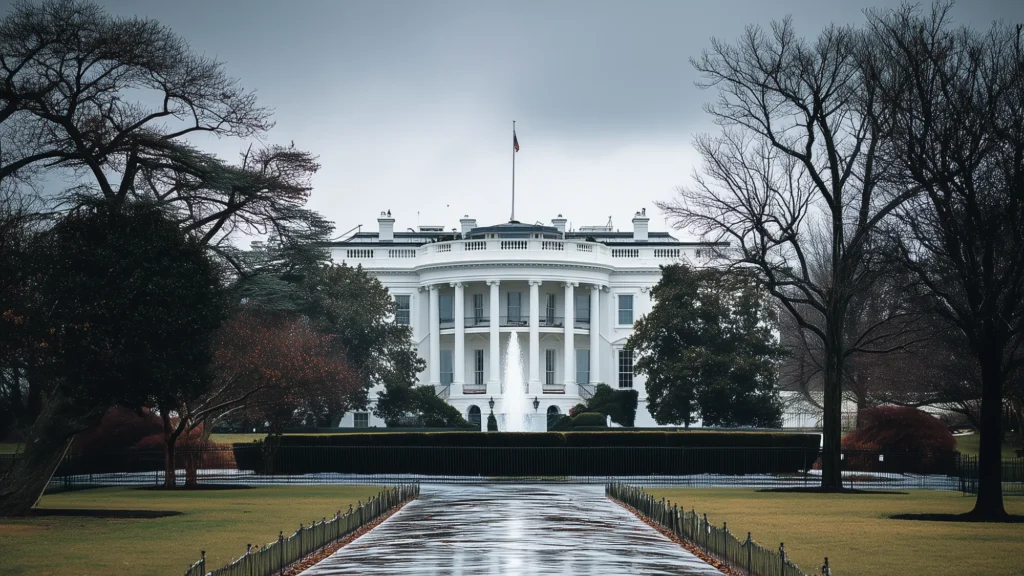
The introduction of President Trump’s reciprocal tariff policy initially sent shockwaves through global supply chains. However, with its implementation now delayed for all countries except China, businesses have a crucial—but temporary—window to optimize operations. This white paper outlines strategic inventory planning approaches that account for country-specific impacts and the 90-day grace period, enabling companies to reduce cost exposure and maintain service continuity.
Current Tariff Landscape
Following is a summary of the current situation as of President Trump’s executive order on April 9, 2025:
- Tariff Delay: Reciprocal tariffs have been delayed for most countries, except for goods originating from China.
- 90-Day Window: For goods from non-China sources, businesses have approximately 90 days to import at lower tariff rates before potential increases. The window began April 10, 2025 is planned to remain in effect until 12:01 a.m. eastern daylight time on July 9, 2025.
- China Exception: Chinese imports remain subject to the tariff, necessitating immediate inventory and sourcing adjustments for many companies.
Dual-Track Inventory Strategy
For companies which import goods from abroad, the current environment calls for a dual-track inventory strategy: one for China-sourced products and another for goods from other countries (non-China goods). This is outlined below:
1. China-Sourced Goods: Keep Safety Stock Lean
- Why: Tariffs are already active, resulting in higher landed costs.
- Approach:
- Minimize safety stock to avoid tying up capital in high-cost inventory.
- Explore alternative sourcing for high-volume or critical SKUs.
- Utilize just-in-time strategies with improved forecast accuracy.
2. Non-China Goods: Strategic Stockpiling Within the 90-Day Window
- Why: Companies can still purchase at pre-tariff rates.
- Approach:
- Stockpile temporarily to take advantage of the tariff delay.
- Balance inventory investment with storage and working capital costs.
- Prioritize high-margin or fast-moving products for early procurement.
The following table summarizes the two strategies:
| Factor | From China | From Other Countries |
| Tariff Status | Active | Delayed 90 days |
| Action | Keep safety stock minimal | Temporarily stock up |
| Financial Risk | High tariff burden | Higher capital tied up in inventory |
| Sourcing Flexibility | Re-evaluate suppliers | Maximize low-tariff procurement |
Optimization Model for Non-China Goods:
Balancing Tariff Timing and Inventory Cost
For non-China goods, companies need to tradeoff the costs savings from buying before tariffs start with the resulting increased inventory holding costs (storage, working capital, etc.). The following outlines the objective and key variables for making an optimal tradeoff:
- Objective: Minimize total cost by determining how much inventory to buy now versus after tariff implementation.
- Key Variables:
- Forecast demand (3-6 months)
- Country of origin by SKU
- Current vs. projected tariff rates
- Lead-time and variability
- Cost of capital and warehouse storage
- Service level targets
New Horizon as a Technology Enabler
To implement a responsive and cost-effective inventory strategy, companies must embrace advanced technology tools that support agile decision-making. New Horizon enables the following such capabilities:
- ERP and WMS Integration: Enable real-time visibility into inventory levels, in-transit stock, and warehouse capacity.
- AI-Powered Forecasting: Improve demand accuracy using machine learning techniques such as time series models, LSTM (long short-term memory recurrent neural network architecture), or regression-based predictors.
- Optimization Engines: Use advanced algorithms to determine optimal inventory policies under cost, lead time, and tariff constraints.
- Tariff-Aware Sourcing Intelligence by New Horizon Soft: At New Horizon Soft, we anticipated the disruptive potential of reciprocal tariffs and built a proprietary Country-of-Origin-Based Optimization Engine into our supply chain platform. Key features of this engine include:
- Tariff Projection Engine: Models anticipated tariff rates and their effective dates by trade region.
- Dynamic Safety Stock Planning: Adjusts stock policies in real time based on origin, risk, and capital.
- Scenario Simulations: Evaluates “buy now vs. later” outcomes across tariff timelines.
- Capital Optimization Modeling: Recommends stock investments that balance cost savings and liquidity.
With these capabilities, New Horizon Soft enables its clients to proactively respond to policy changes and safeguard both service levels and cost competitiveness.
5-Step Implementation Roadmap for a Dual-Track Inventory Strategy
Companies that want to implement a dual-track inventory strategy should take the following steps:
- Segment Inventory by Country of Origin: Identify SKUs by source country and tariff exposure.
- Model Inventory Scenarios: Run simulations to evaluate the impact of early buys versus delayed procurement.
- Make Timely Procurement Decisions: Prioritize purchasing of non-China goods before tariffs take effect.
- Communicate with Suppliers and Partners: Accelerate shipping and fulfillment for prioritized SKUs.
- Review and Adjust Weekly: Monitor global trade developments and adjust procurement strategies accordingly.
Conclusion
The temporary delay in implementing reciprocal tariffs provides a strategic window for companies to act. With the right strategy and technology, organizations can:
- Minimize tariff-related cost increases
- Maintain high service levels
- Preserve capital efficiency
While the particulars of the current situation may evolve, the same strategies can be applied to a variety of situations involving current and predicted tariffs.
To Learn More
New Horizon empowers supply chain leaders with the tools needed to navigate today’s tariff uncertainty and emerge stronger through proactive, data-driven planning.
Interested in learning how New Horizon can help your organization plan for tariffs? Contact us to speak with one of our experts.

